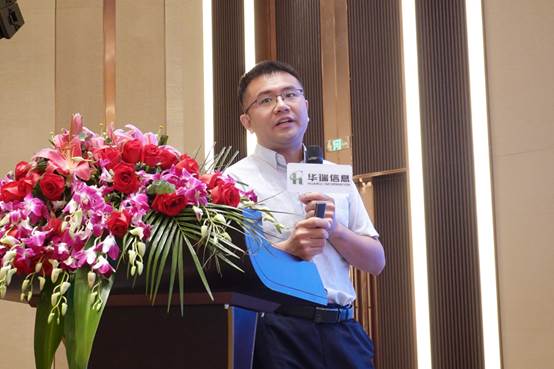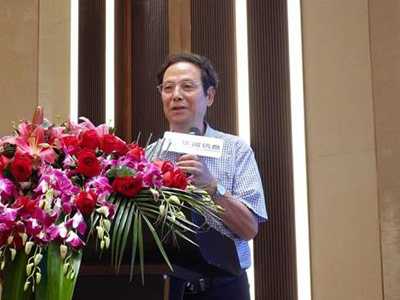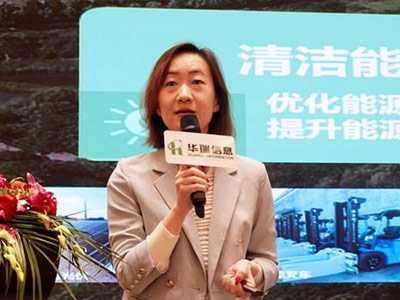China viscose fiber industry development outlook under "Double Carbon Target"
——Zhang Zixin, CCFA

The report is divided into three parts.
The first part is mainly about the development of the chemical fiber industry in the 14th Five-Year Plan period, including China's guidance on industrial development, the development status of the chemical fiber industry, the constraints faced by the high-quality development of the chemical fiber industry, the development goals proposed in the "Guiding Opinions", and the main task of accelerating digital and intelligent transformation. Mr. Zhang believes that China's regenerated cellulose fiber industry has a relative competitive advantage, which is the core support for maintaining the stability of raw materials in the cotton textile industry, and has strong subjective initiative and innovation vitality.
The second part is the high-quality development of the viscose fiber industry, which mainly introduces the basic situation of the textile raw materials viscose fiber, acetate fiber, lyocell market, production capacity distribution and future changes, as well as downstream applications. The application and development trend of regenerated fiber, brand plan, industry standards and transparency, the introduction of the CV, and the goals, requirements, and problems of the three-year action plan for the green development of the industry in 2025. Mr. Zhang believes that the competition in the traditional viscose fiber industry has entered the second half, and it is necessary to actively carry out brand transformation with the opportunity of sustainable development.
The third part is "carbon" and the regenerated cellulose fiber industry. Green and low carbon is becoming a "hot issue" in the next 30 years, and the textile industry will feel the "pressure" and "opportunity" from the government's administrative and commercial demands. This part mainly introduces the vision, reason and purpose of carbon neutrality, China's dual carbon goals and plans, the relationship between enterprises and carbon emissions, the difference, scope, and influencing factors between greenhouse gas emissions and product carbon footprints, and finally introduces 30 60 Carbon Neutrality Acceleration Initiative of Chinese brands. If an enterprise wants to enjoy the "low carbon" dividend, it needs a stronger system planning scheme and marketing capability.






